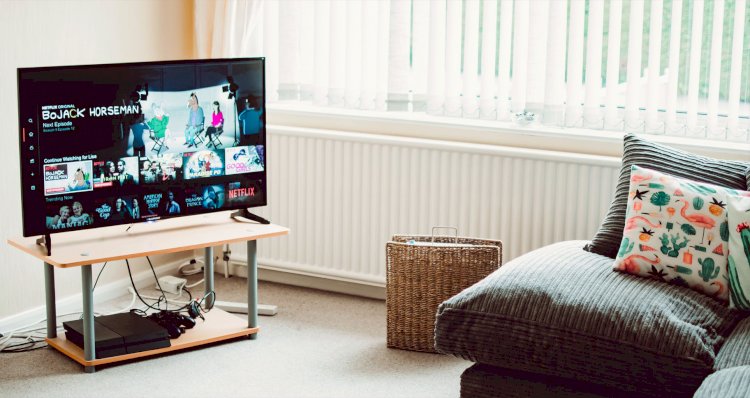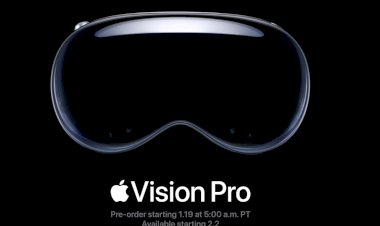Android TV: The Future of Television?

There's the traditional operator set-top box (STB), and then there are streaming devices for OTT, and the two are usually seen in competition. Google's Android TV platform bridges the two by aggregating broadcast content with streaming services, giving pay-TV operators a fighting chance to take back control of the remote.
Google has signed up more than 160 operators worldwide, including AT&T, Bouygues Telecom, J-COM, and LG UPlus, to deliver on the Android TV platform to fight consumer flight from pay-TV services. Last year, were in use in 65.3% of U.S. households, down from a high of 87.8% from the last 10 years. Similar trends have played out in other countries.
Android TV provides operators with a full-stack operating system to help them build a complete TV experience for subscribers, bringing linear TV and streaming services to one place, accessible by voice. Operators get first billing on their own systems. Plus, their consumers get to search, voice, content discovery, personalization, interface customization, Android app store connectivity, and even smart home control as standard features. This helps operators bring a full entertainment package to subscribers that go beyond traditional paid services.
Classically, a streaming provider would be used to having their whole user experience contained in an app, like Netflix or YouTube. It's an app icon somewhere or button on the remote control, and once the user enters that, the user experience starts. The pay-TV operators are much more used to the whole device experience [being] branded and [a] focus on their service.
MAKING THE EXPERIENCE SMARTER THAN EVER
Older cable devices simply couldn't handle all the functionality that today's multitasking modern customer seeks, such as app use; DVR, live, and catch-up viewing; higher-resolution delivery; and smarter personalized programming. A lot can be programmed with respect to consumer interest. The big advantage is that the development of Android TV platform is done via web technologies instead of platform-specific development languages. All the backend teams can be well collaborated to target some specific results looking at consumer taste and interest.
Who is going to win the battle between pay TV and OTT? While the answer may vary depending on where the consumers are, Android TV maybe pay TV's best strategy. Time to market and cost savings for operators are both significant, even for a standard deployment without many customized options. Globally, Android STBs are in the lead and are making huge gains in Asia Pacific, Europe, and Latin America. In North America, Comcast's Reference Design Kit (RDK) is leading the STB market, according to Rethink Technology Research. "We believe that Android TV will surge to the top of the leaderboard with 24% of global pay TV subscriptions. In North America Android will meet stiff resistance from RDK which will take 57% of set-top OS subs," according to the company.
While the competition between pay TV and streaming services will continue for the foreseeable future, Android TV not only be placed on the content world but also create the ultimate lean-back environment where the viewer doesn't have to move to get things just right for watching. Most importantly for streaming companies now is to make sure of their visibility and presence as possible in the new future of the TV world, which may mean making a potential future along with the competition.
Extraction from: Information Today, Inc (USA)














































